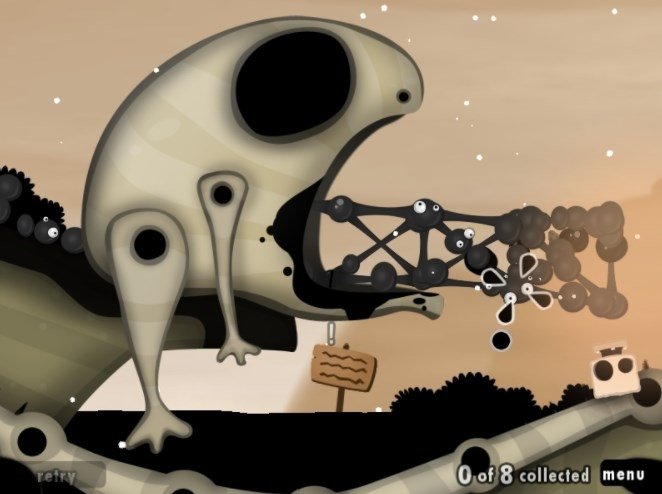
For the shipment of dangerous goods, read our Shipper's Declaration.For more information about Dangerous Goods, please refer to our FAQs.Read about transporting Lithium Batteries.See listed restrictions and limitations for personal travel in our Passenger Corner.
#World of goo ds download#

The former Appendix H in the Dangerous Goods Regulations is now a stand-alone “Dangerous Goods Training Guidance” (Edition 1).
#World of goo ds manuals#
Children engaged in açaí berry harvesting not only are required to scale very tall trees, but they also lack proper protective equipment, transport large knives with serrated blades in the back of their shorts, and are exposed to hot climate conditions and environments that include venomous insects and other dangerous animals.2023 UPDATES: IATA manuals include all necessary information about new regulations taking effect as of Januand how they impact the shipment and handling of air cargo.
Açaí berry picking is considered to be a highly dangerous job in Brazil, requiring those involved in its harvest to climb great heights, sometimes up to 65 feet. Reports and field research indicate that children are seen as extremely valuable to the harvest due to their physical stature and natural agility, qualities that allow them to climb the açaí berry trees’ tall and thin trunks more easily without the trees breaking. Most families in the region rely on the harvest as their main source of income. Children are involved in the harvesting season from August until January each year, alongside their families. Evidence of child labor has been found in the city of Abaetuba, a major center for açaí berry production, in the State of Pará. There are reports that children, as young as age 8, are engaged in the harvesting of açaí berries in Brazil. It is also a valuable resource for researchers, advocacy organizations and companies wishing to carry out risk assessments and engage in due diligence on labor rights in their supply chains. Publication of the List has resulted in new opportunities for ILAB to engage with foreign governments to combat forced labor and child labor. ILAB maintains the List primarily to raise public awareness about forced labor and child labor around the world and to promote efforts to combat them it is not intended to be punitive, but rather to serve as a catalyst for more strategic and focused coordination and collaboration among those working to address these problems. The List of Goods Produced by Child Labor or Forced Labor comprises 159 goods from 78 countries and areas, as of September 28, 2022. The Bureau of International Labor Affairs (ILAB) maintains a list of goods and their source countries which it has reason to believe are produced by child labor or forced labor in violation of international standards, as required under the Trafficking Victims Protection Reauthorization Act (TVPRA) of 2005 and subsequent reauthorizations.

List of Goods Produced by Child Labor or Forced Labor


 0 kommentar(er)
0 kommentar(er)
